We Don’t Know What We Don’t Know
Chapter Three

Imagine having to solve a problem like renaming a baseball team that, for too long, had an unfortunate, racist name. The good news is you have a better name: The Guardians. You do a quick Google search to see if any other Cleveland major league baseball team is using this name and, after looking at the first item in the search, which gives you the answer you want to hear, you’re like: ‘Job done!’ Which might make you feel great about finally shedding that former racist team name, until you realize if you asked the Google Overlords a slightly better question – say, are any other Cleveland sports teams using the name Guardians – you might have discovered a roller derby team named the Guardians. And maybe your first reaction is: ‘Whatever, no biggie! I’ve got way more cash and power!’ Until you realize you should never underestimate the moxie of a roller derby team and that by not asking the bigger, fuller, better, harder question, your wallet is a lot lighter as a result.
Oops!
So, don’t be the Guardians, okay?
The first question that comes to mind is rarely the only question that needs to be asked – in any circumstance.
In other words, even if a scientific inquiry asks the better question, the answer it uncovers isn’t necessarily the only answer to a problem. There are still more questions to be asked.
Like what?
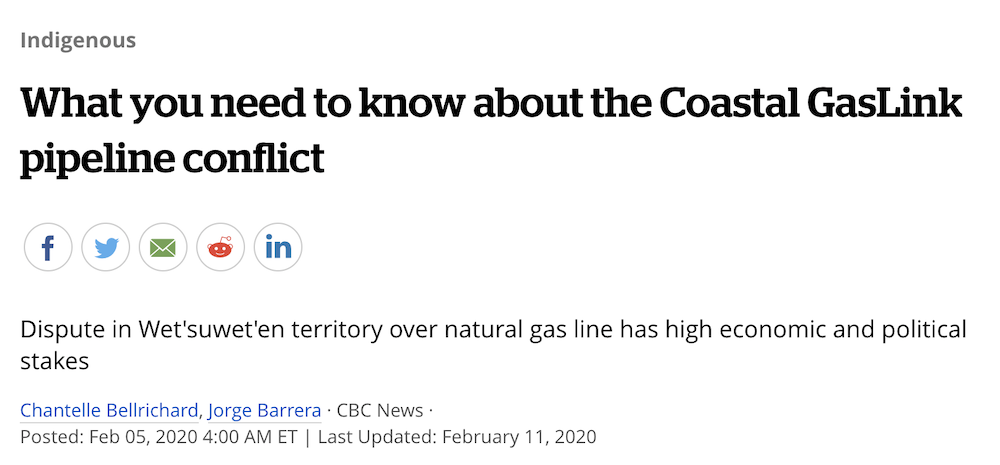 Maybe you’ve heard: In British Columbia, Coastal GasLink was given approval to build a Liquid Natural Gas pipeline to the west coast for global export. To reach the coast, the pipeline must cross the traditional territory of the Wet’suwet’en nation.
Maybe you’ve heard: In British Columbia, Coastal GasLink was given approval to build a Liquid Natural Gas pipeline to the west coast for global export. To reach the coast, the pipeline must cross the traditional territory of the Wet’suwet’en nation.
Though construction is complete and the pipeline is operational, the project had to overcome a life and death battle for its existence. Division still lingers to this day, in part, because decision makers didn’t take into account what they didn’t know they didn’t know. It’s a saga worth understanding, because it wasn’t the first and won’t be the last fight of its kind.
Let’s start at the beginning.
To develop the pipeline, Coastal GasLink first had to meet government-mandated environmental regulations. The science? It gave the project a green light.
Even though the pipeline received scientific approval, Coastal GasLink – under Canadian constitutional law, enhanced by the passing of the United Nations Declaration on the Rights of Indigenous Peoples – was required to receive free, prior and informed consent from every Indigenous nation whose traditional territory might be impacted by the project.
Coastal GasLink got permission, but some members of the Wet’suwet’en community dispute whether their nation actually did provide free, prior and informed consent to build the pipeline across their unceded land. After all, in BC, there are few treaties in place between Indigenous nations and Canada’s various levels of government.
Yes, community members agree, the band council supported the project, but some believe only hereditary chiefs – traditional Indigenous decision makers – have the true authority to provide consent.
That means the Wet’suwet’en nation has differing opinions on who has decision-making power in their community – and the community is still very much split on whether this project is good economics or culturally harmful.
That’s right: This pipeline dispute isn’t only – or even largely – about the science of balancing people and nature. The Wet’suwet’en Coastal GasLink protest is about different issues, like culture, land, decision-making power, values and ongoing, historical wrongs.
It’s not even a right-versus-wrong issue.
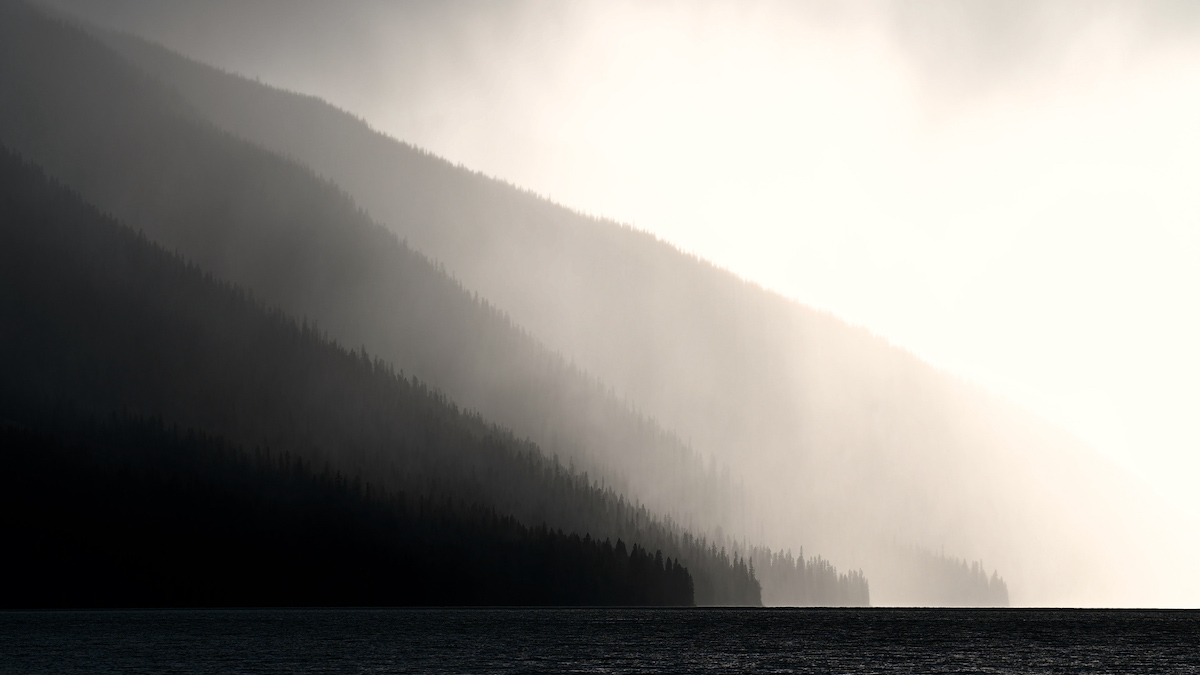 There are layers of complexity and layers of realities – some moral, some scientific, some environmental, some economic, some legal.
There are layers of complexity and layers of realities – some moral, some scientific, some environmental, some economic, some legal.
And this story? It’s why we can’t assume this – or any – issue at the intersection of people and nature is a simple scientific problem with a simple scientific solution.
There are no simple problems. There are no simple solutions.
That can be scary. But Brock Endean says don’t let that fear paralyze you.
“Having these conversations? That’s the only way we’re going to get any further. So, if you have questions? Ask somebody. I think the biggest roadblock to reconciliation right now is people are afraid.”
Brock is a young Métis leader who is determined to find a better balance between people and nature.
As he continues, “People are afraid. They are afraid to make mistakes, but if we don’t ask and we don’t try, we’ll never get anywhere. So, if you can go into a place with a good heart, curiosity, wanting to learn, and wanting to be respectful? If you ask the wrong question, it won’t be received that way.”
And Brock should know.
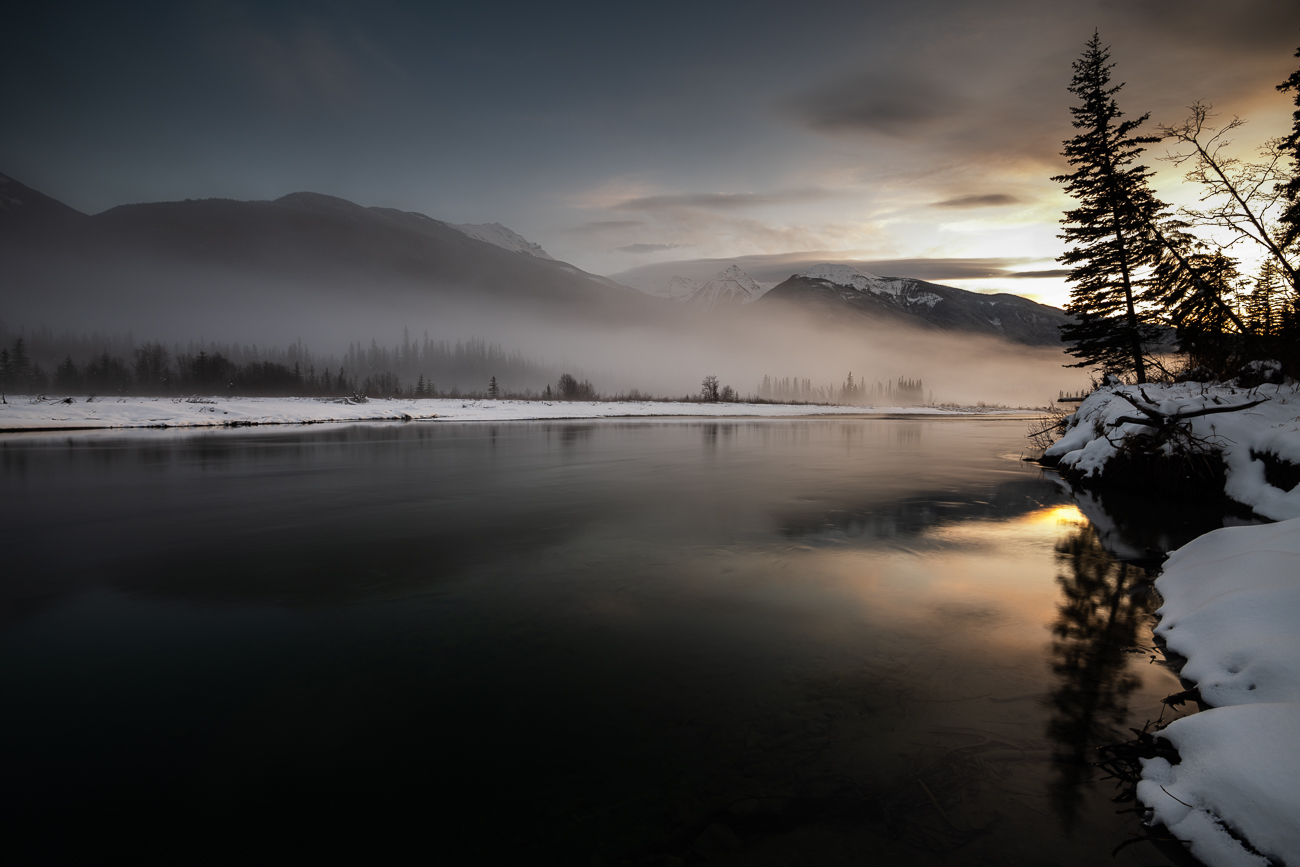 He’s worked with communities, governments and organizations like the Fraser Basin Council across the Fraser River system to find answers to the challenges we face.
He’s worked with communities, governments and organizations like the Fraser Basin Council across the Fraser River system to find answers to the challenges we face.
“What I really appreciate about the Fraser Basin Council is that it’s one of the first organizations in Canada that looked at all four levels of government: First Nations, municipal, provincial and federal. They brought them together with industry and civil society to start looking at sustainability issues.”
In the doing, Brock has changed how we talk about complex and often divisive issues wherever the Fraser River flows. Success stories, like the Fraser Basin Council’s, Brock says, are underscored by this simple fact:
“We can’t keep working in our silos; we have to work together. We’re really bringing all these parties together to look at these bigger issues – how we can support each other, what are the success stories, what are the challenges, and how can these different levels of government and civil society all work together?”
That matters, because as you now know, and as Brock reminds us, “I think one of the biggest challenges is that there are four levels of government. There’s all different priorities and objectives that they’re all trying to meet, and different constituents they are trying to uphold.”
It’s for this reason that Brock helps stakeholders and citizens navigate the complexity.
“With the work I do, I almost don’t want my job to exist. The fact that I’m having to be in the space of facilitating conversations with industry, with government, with stakeholders, with Indigenous peoples? I really hope we get to a point where my role doesn’t need to be there.”
Brock tells us we can help put him out of business by remembering that everything that seems complex doesn’t have to be so.
“It’s just taking a step-by-step process. Recognizing that things take time. Recognizing that conversations won’t always be held and decisions made within an instance. It’s about building those relationships. That’s the biggest solution to our challenges. It’s just building and maintaining those relationships as we move forward.”
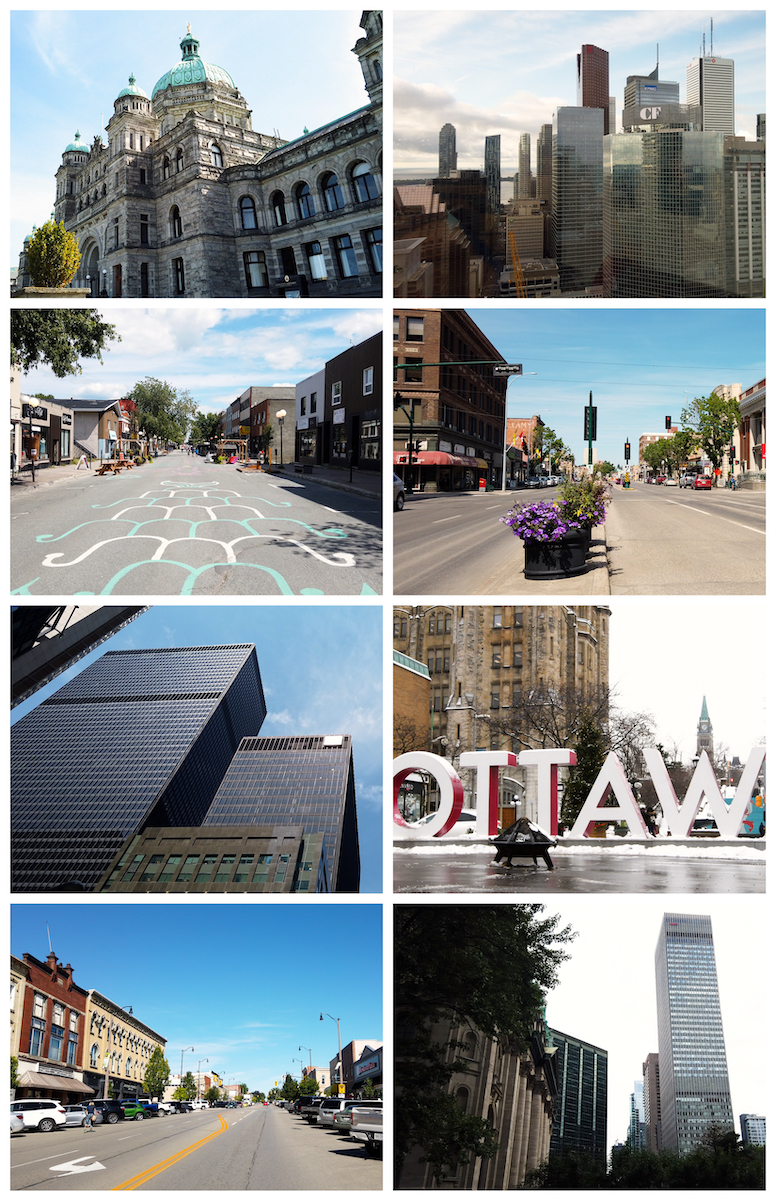 Of course, creating and maintaining relationships isn’t easy – especially in these divided times. But Brock believes passionately that what we assume divides us – nature – is actually what can unite us – Indigenous and non-Indigenous, urban and rural, west and east.
Of course, creating and maintaining relationships isn’t easy – especially in these divided times. But Brock believes passionately that what we assume divides us – nature – is actually what can unite us – Indigenous and non-Indigenous, urban and rural, west and east.
Which is, of course, different than saying we’ll all agree. We won’t. But if we respect each other? If we find a place for each other in the conversations we spark and the solution we create? Brock argues:
“We are all connected and everything around us is supporting each other. That’s where we start to get to the idea that there is no divide. And where you end up doesn’t matter in how you can contribute to sustainability and the environment, as long as you recognize that each one of us has that role and that the ecosystems that we live in are there to support us. That’s what’s going to get us somewhere. (That, and) respecting these different cultures, respecting different ways of living and being and doing.”
Brock’s right.
We need to create space for understanding and respect and disagreement. We must ensure a diversity of ideas are heard and debated – and not just from within one echo change or one part of the political spectrum.
We need to ensure that every citizen, from every walk of life, feels like they have a voice in decisions being made.
And we need to make sure reconciliation isn’t just between some cultures or some regions, but something every single citizen understands and works towards.
Why?
“My granddaughter. I whisper into her ear and say, ‘you can be the best basketball player in the world. You could be the smartest person in the world. You could be the best in any field out there. But if you don’t know how to get along with people, you’ll never get anywhere’.”
Dr. Leroy Little Bear is a member of the Blackfoot Confederacy and helped inspire the United Nations Declaration on the Rights of Indigenous Peoples. He’s a globally recognized leader on Indigenous education, rights, self-governance, language and culture.
 “Your best skill is knowing how to get along with people. Problems that we have in our society – racism, bullying, all those kind of people-type issues – is because people don’t know how to get along with each other.”
“Your best skill is knowing how to get along with people. Problems that we have in our society – racism, bullying, all those kind of people-type issues – is because people don’t know how to get along with each other.”
Leroy continues, “So, the best skill a person can have – the best skill students can have – is knowing how to get along with people.”
Leroy is right. For every issue we face today, ultimately it all boils down to that.
To find a better balance between people and nature, we first must find ways to reconcile with one another and find better ways of working with each other. That means we must stop assuming we know what every individual – every group of peoples – think about a given issue.
It also means building relationships with our fellow citizens – even with those we don’t know, even with those we disagree with. And if we’re sincere in our relationship building, we must also know that not everyone will be willing to build one on our timeline.
We, of course, wanted to include the voice of those who have stewarded your virtual classroom long before it was ever a park – those who walked alongside the tracks of Chocolate’s ancestors. The Simpwc didn’t respond to our requests for an interview – they had other, more pressing issues facing their community. And absolutely fair enough.
But just because someone can’t share their story right now doesn’t mean we shouldn’t hear their story. In their words. On their time. Because we can’t presume to know it and we do need to hear it.
Indeed, we need to hear every story, like Leroy’s.
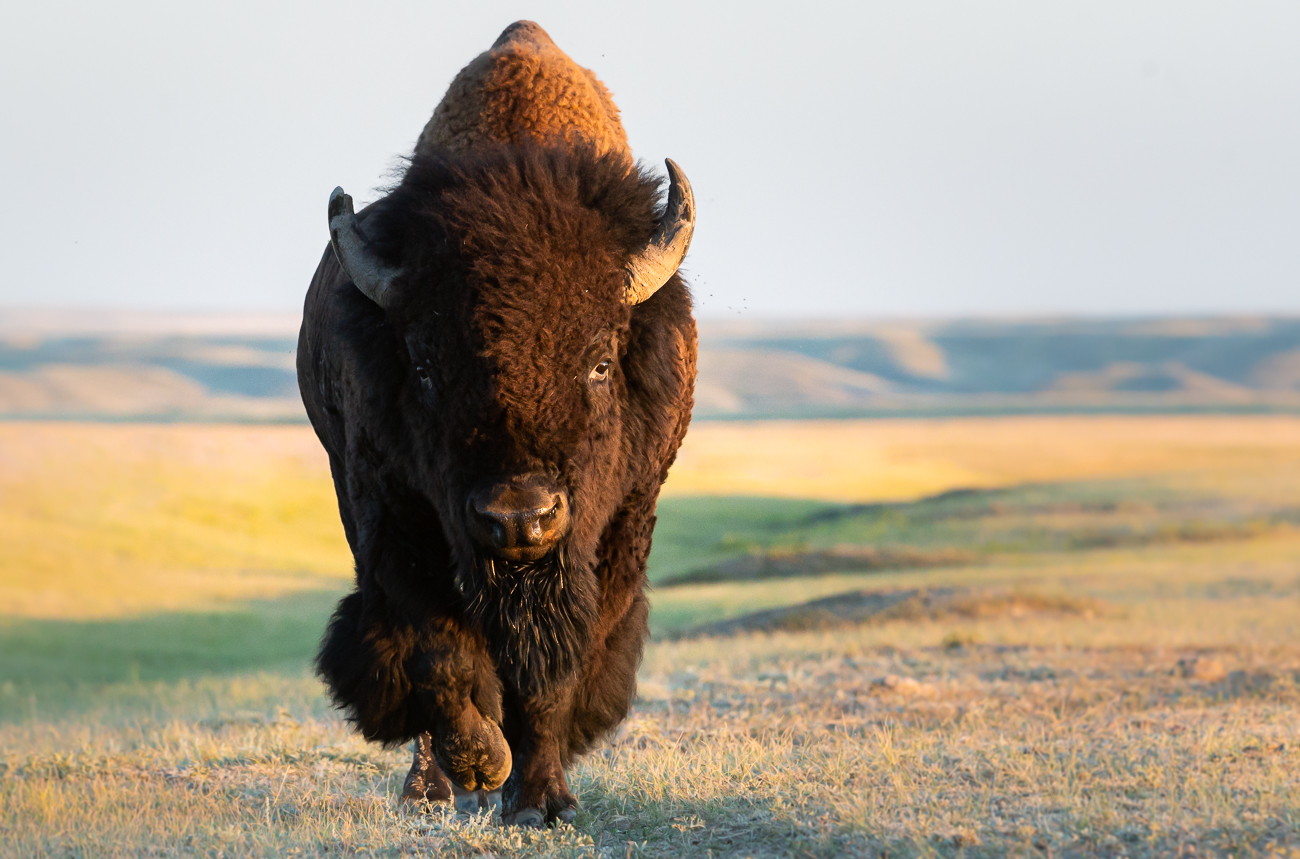 “The buffalo, the bison, we have a whole bunch of stories. We have a whole bunch of songs. We have a whole bunch of ceremonies that revolve around that animal. It not only fulfils the physical needs of people, but it also fulfils the spiritual needs. And without it, hey, I’m just a little bit less Blackfoot.”
“The buffalo, the bison, we have a whole bunch of stories. We have a whole bunch of songs. We have a whole bunch of ceremonies that revolve around that animal. It not only fulfils the physical needs of people, but it also fulfils the spiritual needs. And without it, hey, I’m just a little bit less Blackfoot.”
Once numbering in the millions, bison were reduced to a few hundred animals. Leroy, his people and numerous Indigenous nations were forced to live in a world where their cultural keystone species was all but lost.
“Being a little bit less Blackfoot with its absence (the buffalo), it would be similar this: In our modern world, we have sacred Christian places. What if all of a sudden, the Vatican was no more, say? Well, you could still have all the church beliefs; you could still have all the Christian beliefs; you could still practice them. But without that kind of iconic symbol out there, see, there’s something missing. If the churches were taken away, or all closed down, hey, you could still have all the beliefs, and the people still have all the beliefs, but they were just a little bit less Christian.”
Here’s the good news: Bison are returning to the landscapes they once called home.
“It’s kind of like the flowers are starting to bloom again.”
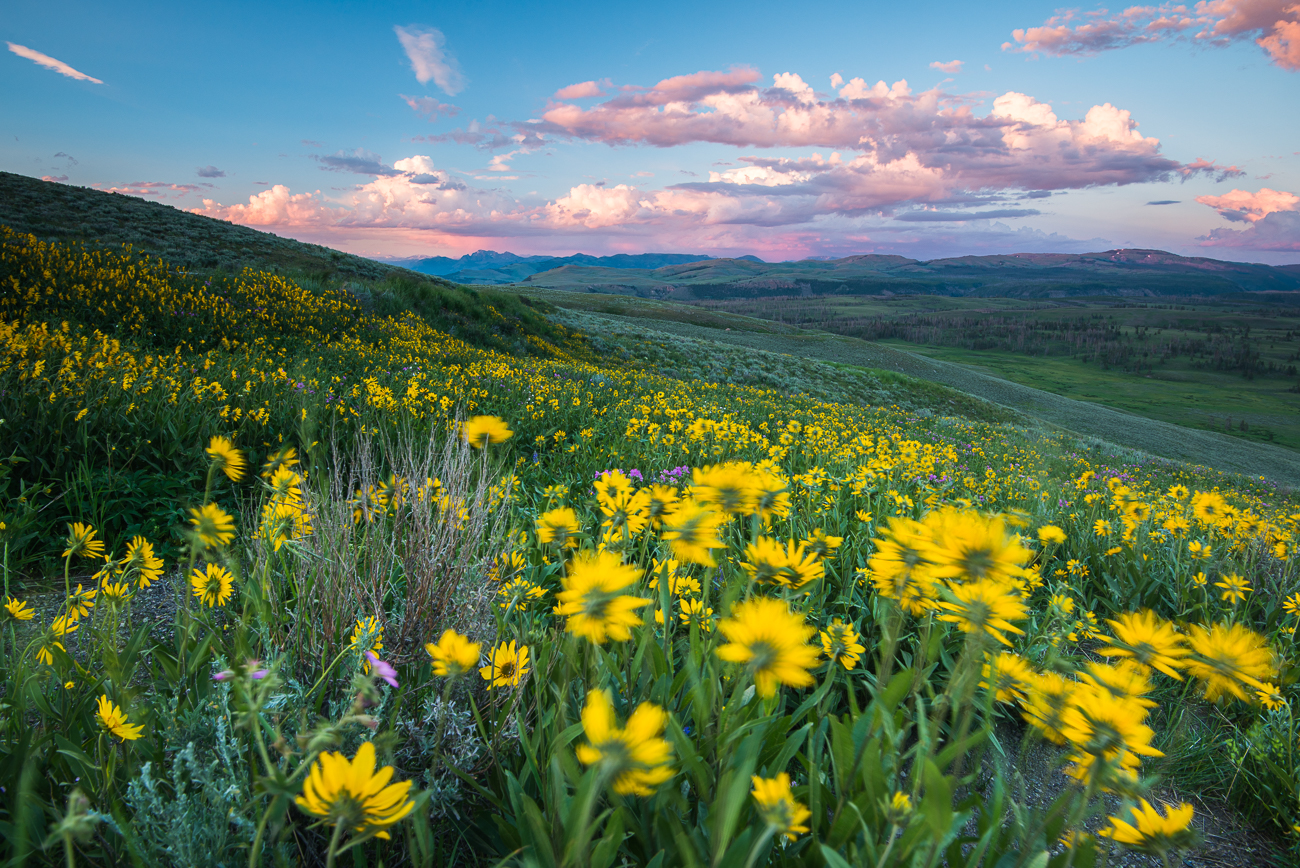
Even still, we must not forget Leroy’s story.
What Leroy and so many Indigenous nations have lost – family and culture – is in many ways what many rural, resource communities, as an example, fear losing, as economics change and environmental standards evolve. Indeed, losing culture and language is exactly what Quebec fears losing.
That parallel? It’s how we can foster empathy and understanding. It’s how we can start to understand people and realize we’re more similar than we think. And we need to find our commonalities so we can talk to one another and tackle the one issue that transcends all others, according to Leroy.
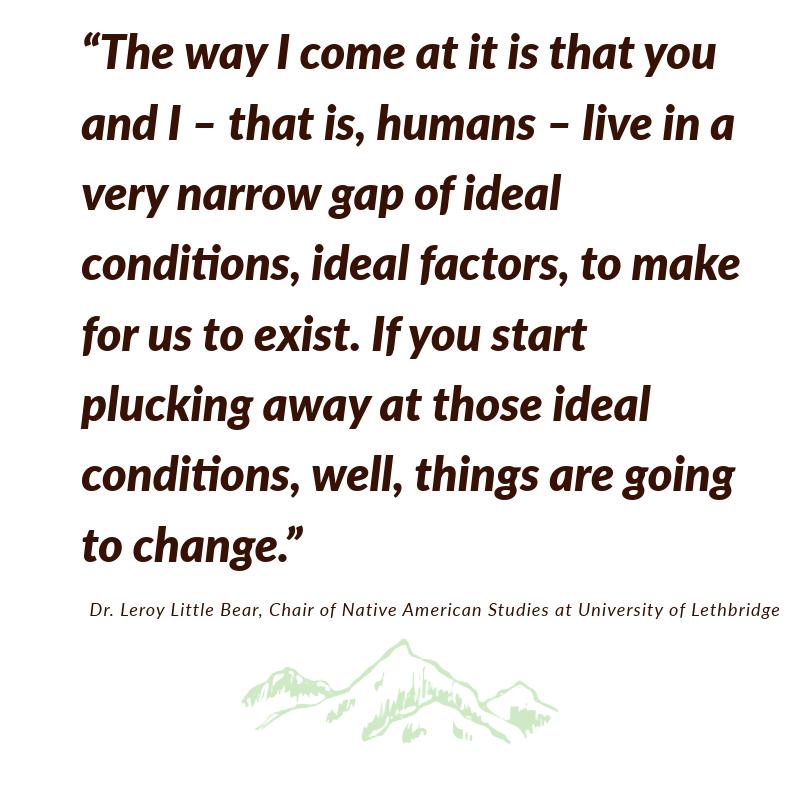
“If things keep going the way they’re going, a hundred, a thousand years from now, are we going to be around? Most of us think in very short terms and we begin to say, ‘well, it’s not going to be about me’. But it’s certainly going to be about your kids, about your children. That’s why it’s important to look at things from that bigger, wider scope and that bigger, wider perspective.”
Without nature? As Leroy Little Bear explains, all cultures are diminished.
“The way I come at it is that you and I – that is, humans – live in a very narrow gap of ideal conditions, ideal factors, to make for us to exist. If you start plucking away at those ideal conditions, well, things are going to change.”
Leroy has played a large role in shaping much of what we’ve talked about here – more than almost anyone. But it’s not just Canada he’s influenced.
Leroy also inspired the United Nations Declaration on the Rights of Indigenous Peoples (UNDRIP). This landmark treaty aims to ensure “the survival, dignity and well-being of the Indigenous peoples” – and one tool to achieve this goal, Leroy tells us, is finding a better balance between people and nature.
“Very much so.”
Where to start? Science helps, but there is an even more fundamental skill we all must acquire, Leroy explains.
 “We have to do lots of listening.”
“We have to do lots of listening.”
Leroy’s right. So, we asked him, how can we all be better listeners?
“In our modern Western world today, we’re not very good at listening. Why? Well, because if we’re having a discussion, if we’re having the conversation, we’re only half listening. The other half is saying what’s my comeback? What am I going to say next? We never say, ‘let me focus 100% on what this person is saying’. We don’t totally listen.”
Indeed, listening is our best tool to learn more about what we know we don’t know – our best tool for helping us uncover what we didn’t know we didn’t know.
As Leroy explains, “Listening is as important as talking. If we use both equally, you will have much better and effective communication”
And it’s why if we really listen, we’ll finally hear the truth.
“In this era of Truth and Reconciliation, most people are talking about reconciliation. Not too many people are talking about truth. And I think a good starting point is to focus on the truth.”
Leroy continues, “I use, as an example, a marital situation. For whatever reason, they split up, okay? Well, the decision later down the road to get back together would be the reconciliation part. But if they simply pick up where they left off and pretend like nothing happened, you can be sure they’re going to split up again further down the road. But if they want to have true reconciliation, what they would need to do is look at the truth. In other words, come back and say, ‘alright, what was it that was really causing the differences between us. Let’s work at it. Let’s see if we can compromise or eliminate that problem area. Because if we don’t do that truth seeking, it’s going to cause the same kind of problem that we’ve already gone through’.
“And, so, the general public – and our school systems – have to get at the truth, not just the reconciliation, but actually get at the truth, too. Then we’ll become one people. But right now, hey, native people are kind of still considered at the periphery.”